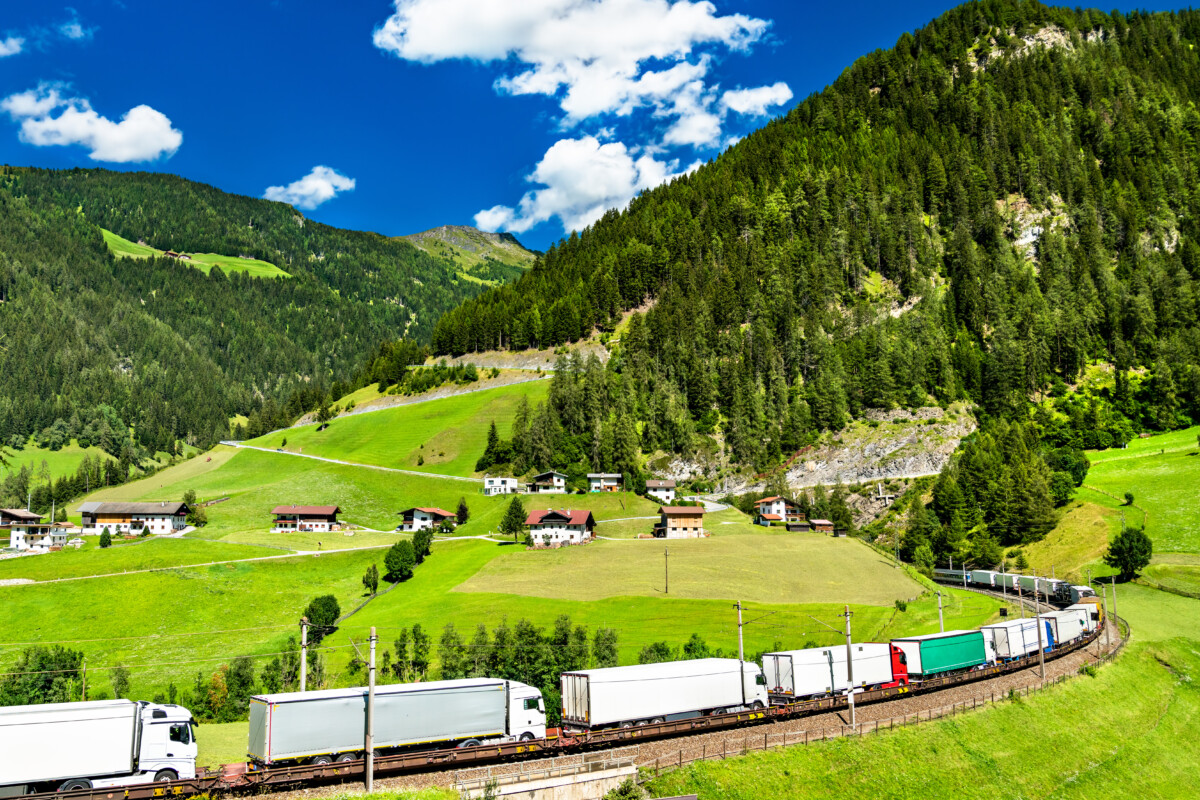Intermodal services explained
Globalisation has led to an increasing demand for goods and services worldwide, which in turn calls for the establishment of more efficient, economical, and sustainable shipping systems. We have seen a major boom in intermodal transport as more and more companies opt for this approach to transport their goods worldwide. But what is intermodal transport, and what are the benefits? In this article, we’ll clarify the concept for you and why this might be a suitable shipping method for your business.
Intermodal shipping is the strategy of loading cargo into containers and transporting it from its origin to its final destination using two or more modes of transportation, typically rail and truck. Instead of shifting the cargo from one vehicle to the next, intermodal transport uses standardised containers, which can seamlessly move from the truck to the train and vice versa. Although this shipping method is becoming more and more popular, it is not a novelty. In the 1780s, in Great Britain, this type of shipping method was widely used. It involved standardised coal containers that were transferred between horse-drawn carriages and shipping craft on canals. With the invention of railroads, the containers could be loaded onto train cars for a more efficient mode of transit.
For a long time, intermodal shipping was considered slow and unreliable, with high risks of damages when moving cargo between vehicles, and high infrastructure costs. However, these issues are no longer relevant in our modern world. Today the railway system is well-developed, and transit time is no longer an issue. The claim that the combination of transportation via truck and rail will increase the risk of damage is simply not valid. Intermodal shipping optimises the best attributes of each shipping method by moving cargo via rail for the long-haul segment and using trucks for the short-haul. Lastly, the customer doesn’t need any special equipment to receive their goods. For the sender and receiver, there is no difference between whether the goods are shipped by intermodal or not.
Some of the benefits of intermodal transportation are:
- Cost savings. The longer the distance is, the greater opportunity to save money.
- Increased safety for goods. Railways are significantly safer than roads when it comes to both accidents and theft.
- Sustainability. You can reduce your carbon footprint considerably by opting for intermodal transportation. By moving one ton of goods 1.5 kilometres via railway as opposed to trucks, CO2 emissions can be reduced by up to 83%.
- Greater capacity. Containers can be double stacked on rail cars.
Currently, Begoma offers intermodal services between Malmö and Eskilstuna in Sweden, Verona and Milano in Italy, and Eskilstuna and Ratingen in Germany. We are working actively on expanding our intermodal services. Contact us for more information and an analysis of your needs!


 Svenska
Svenska

 Engelska
Engelska  Svenska
Svenska  Polska
Polska  Holländska
Holländska  Tjeckiska
Tjeckiska  Italian
Italian  Ukrainian
Ukrainian  Zambia
Zambia